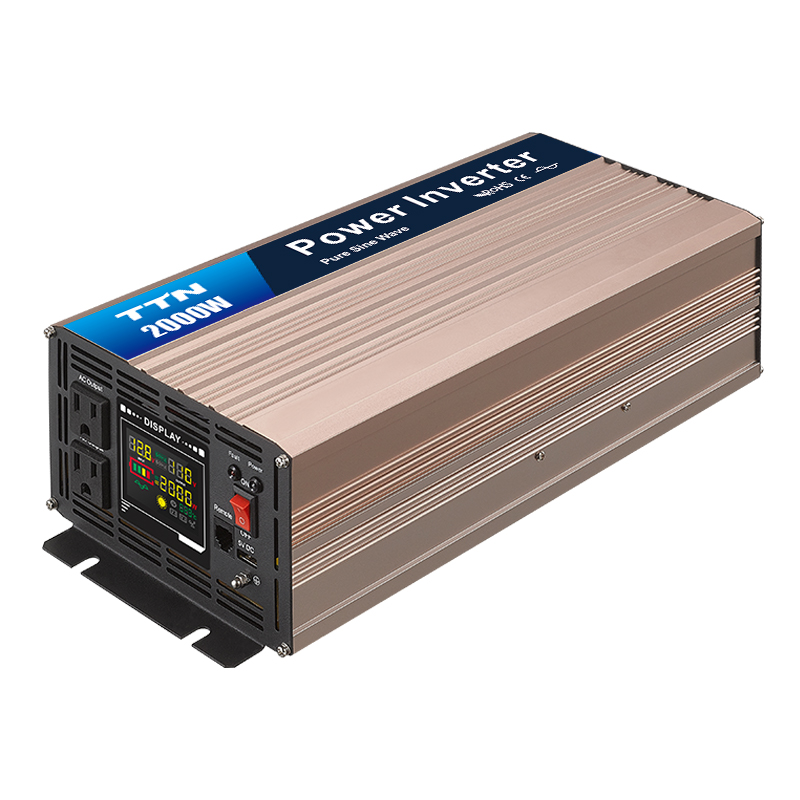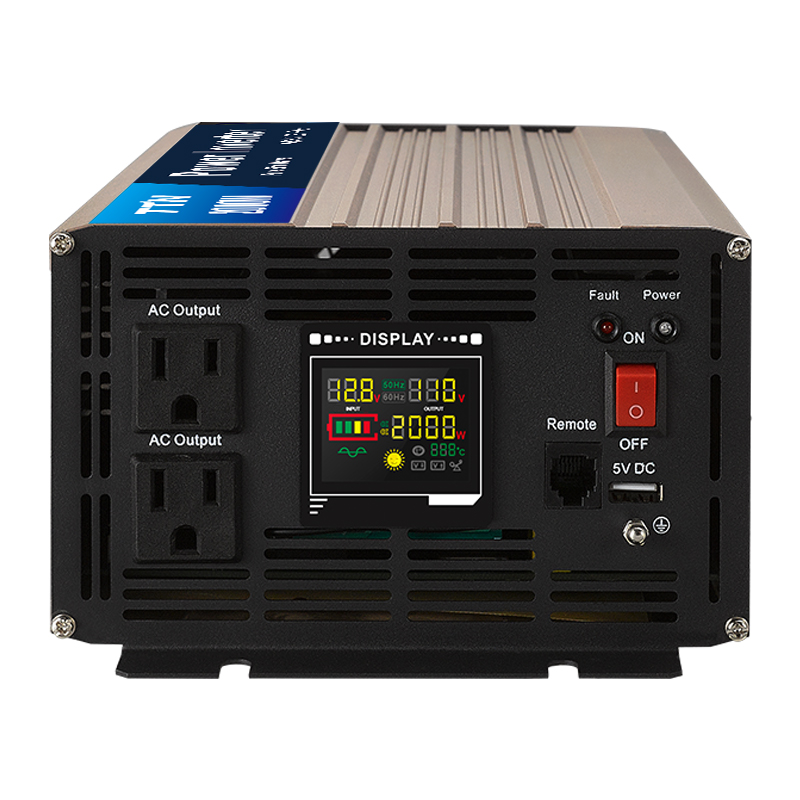Power inverters have become essential tools for many, bridging the gap between DC sources like batteries and our AC-powered devices. Whether you’re planning a road trip or preparing for an unexpected blackout, understanding how to use a power inverter is crucial. This guide will break down the basics, ensuring you harness your inverter’s benefits safely and efficiently. From connecting it correctly to understanding its limitations, we’ve got you covered. Let’s see the ins and outs of using this handy device the right way!
What is power inverter?
A power inverter is a handy device that changes direct current (DC) to alternating current (AC). DC comes from sources like batteries. Our homes and gadgets usually use AC power. The inverter helps bridge this gap. Think of it like a translator for electricity. If you have a car battery, an inverter can turn its power into usable energy for devices like laptops. Many people use inverters during trips or power outages. They come in various sizes and capacities. Choosing the right one depends on your needs. Always be safe and read the manual when using an inverter!

10 Tips for Using a Power Inverter Correctly
Understand the Basics First
A power inverter transforms direct current (DC) into alternating current (AC). Batteries give out DC. But most home appliances and gadgets need AC. Grasping this concept will help you use an inverter properly.
Pick the Right Size
Inverters come in different sizes and capacities. Before purchasing, list down all devices you plan to run. Calculate their combined wattage. This will guide you in choosing an inverter that can handle the load.
Ensure Proper Ventilation
Heat is a byproduct when an inverter works. A cool environment helps it operate smoothly. Always place your inverter in a well-ventilated area. This reduces the chances of overheating and extends its life.
Connect to the Right Battery
For best results, connect your inverter directly to the battery. Avoid connecting it to the cigarette lighter, especially for high-wattage devices. The cigarette lighter might not provide enough power, leading to inefficiencies.
Use the Right Cables
Inverters require specific cables for optimal performance. The user manual will mention the best type and size. Using the right cables prevents power loss and ensures safe operation.
Protect Against Surges
Surges or spikes in power can damage both your inverter and connected devices. It’s wise to invest in surge protectors. They act as shields, absorbing any extra power and keeping your equipment safe.
Monitor Battery Voltage
An inverter draws power from a battery. However, letting the battery drain completely can reduce its lifespan. Always keep an eye on the battery voltage. Most inverters have an alarm for low voltage. When it sounds, it’s time to recharge the battery.
Turn It Off When Not in Use
It sounds simple, but many forget this step. Even when you’re not using it, an inverter can draw power. Switch it off when not in use to conserve battery power.
Keep It Clean
Dust and debris can affect the inverter’s performance. They can block vents and lead to overheating. Make it a routine to clean your inverter. A soft cloth or brush usually does the trick.
Check the User Manual
This must be stressed more. The user manual is like a mini-course in inverter use. It’ll guide you on installation, maintenance, and troubleshooting. Whenever in doubt, refer back to it.
Using a power inverter might seem technical at first. But with the right knowledge and precautions, it’s quite straightforward. Always prioritize safety and understand the limits of your inverter. This way, you can enjoy its benefits without any hitches. Whether you’re on a road trip or facing a power outage, these tips ensure you’re using your inverter in the best way possible.

How to choose the right power inverter?
Selecting the right power inverter can feel like a challenging task. But with a bit of guidance, you’ll make a great choice in no time!
Understand Your Needs
Start by identifying why you need an inverter. Will it power a laptop on a road trip? Or you may need it as a backup during power outages. Your specific needs dictate the kind of inverter you should buy.
Calculate the Total Wattage
Make a list of all devices you plan to run on the inverter. Each device has a wattage rating. Add up these numbers to get a total. For example, if you want to power a 60W light bulb and a 140W laptop, you’ll need an inverter that can handle at least 200W.
Factor in the Surge of Power
Some devices, like refrigerators, require a surge of power when starting. This surge can be two or three times the device’s regular power draw. Ensure your inverter can handle these surges by checking its peak power rating.
Decide on the Type of Output
Inverters produce two types of AC outputs: pure sine wave and modified sine wave. Pure sine wave inverters offer electricity similar to what you get from the grid. They’re ideal for sensitive devices like medical equipment. Modified sine wave inverters are less expensive but may not work well with all devices.
Look at Efficiency and Battery Drain
A good inverter has a high efficiency, usually between 90-95%. This means less wasted power and longer battery life. Additionally, some inverters come with eco-modes that reduce battery drain when not in use.
Consider the Number of Outlets
Think about how many devices you’ll plug in at once. Some inverters offer multiple outlets, which can be handy if you’re using several devices simultaneously.
Safety Features are a Must
Safety should always be a top priority. Look for inverters with safety features like overload protection, temperature shut-off, and low battery alarms. These features protect both the inverter and connected devices.
Check the Installation Process
Some inverters are plug-and-play, while others require a more complex installation. Always choose one that you feel comfortable setting up. If in doubt, seek professional help.
Set a Budget
Inverters come in various price ranges. It’s essential to set a budget but remember, you often get what you pay for. Don’t compromise on essential features just to save a few bucks.
Read Reviews and Seek Recommendations
Lastly, learn from others’ experiences. Read online reviews and ask friends or family about inverters they’ve used. Personal recommendations can guide you towards reliable brands and models.
Final Words
Choosing the right power inverter is all about understanding your needs and doing some research. It’s a device that can be a lifesaver during power outages or make trips more convenient. Take the time to select the right one, and you’ll have a trustworthy companion for years to come. Remember, the goal is to find an inverter that matches your requirements and offers a blend of performance, safety, and durability.
